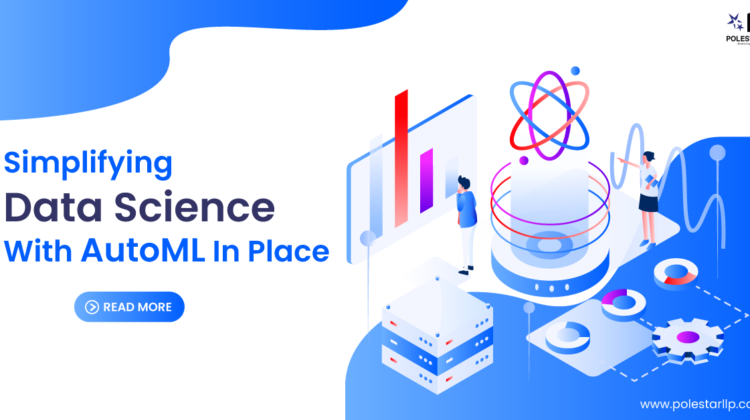
Today, businesses realize the significant importance of investing in solid data science workflows. Data-driven decision-making has been well documented in various case studies and industry reports to convey a transformative impact on business processes and assist to create winning strategies even in an uncertain market.
Investing in data science processes can add value in multiple ways — influencing significant decisions in marketing, recruitment, sales, supply chain, operations, and many more.
Let’s look at Automated Machine Learning (AutoML) and how decision-making can be improved by applying Machine Learning and deriving value from it.
A recent NASSCOM survey found that 60 per cent of enterprise executives believe that AI investments are a priority, and 45 per cent want to use the technology for strategic decision-making. Still, only 20 per cent believe they have done so successfully. The report also highlights challenges with respect to a shortage of talent, complex workflows, data quality, unexplainable AI black-box models and lack of business expertise within data science teams.
Auto ML or Automated Machine Learning is an exciting new development in the way organizations can leverage and apply data science into their business workflows by using AI to automate time-consuming aspects of ML applications.
Frankly speaking, what AutoML does is puts the power of ML in the hands of everyone — right from top authorities to data experts. Now, everyone within the organization can run complex data science models in a flick. It creates a new bracket for citizen data scientists who can create advanced Machine Learning models with immense support from automation at each step of the workflow.
Currently, users have to test and select individual Machine Learning models on their data and fine-tune them tediously to deploy and choose the best performing models. This makes data science tough for functional experts to understand, test and develop by themselves.
ML, currently, involves numerous steps like- data cleaning, raw data ingestion, feature construction and selection, parameter tuning, parameter optimization, and so on — and requires a lot of manual programming. Machine learning analysis can also be extraordinarily complex and what we need right now is smarter optimization techniques.
AutoML assists to automate numerous steps without compromising the precision of the results. It automates the complete data workflow by integrating with Machine Learning algorithms, and systematically comparing disparate models, offering sheer transparency to the user for predictive decision making.
AutoML takes advantage of both humans and computers; and helps with data identification, data preparation, feature engineering, pre-processing, easy deployment, human-friendly insights, model monitoring and management.
Essentially, it is a very crucial tool, as it offers time to put more focus on the creative facets of the data science process, like deciding how to frame a data science problem properly, how to incorporate their domain knowledge, how to interpret results and how to communicate their products to their teams.
In the future, as the demand for analysis will enhance, the demand for AutoML will accelerate because businesses will become more data-hungry. Data scientists will be required to represent the interpret results, problem, and apply models effectively and correctly. Experts will need to be better trained and educated — upskilling will become dominant to stay ahead with the changing times.
What do AutoML tools look like? There are many tools available — right from research prototypes and open source tools to commercial tools, which assist to automate some or all parts of the ML pipeline. TPOT, devol and H2O.ai AutoML for instance — open source tools, mostly helping configure the ML pipeline, deep learning architecture search and essential data preparation over the Machine Learning algorithms.
Some of the commercial tools — for instance, H2O.ai Driverless AI, Google AutoML, which offers better feature & DataRobot, which with its web-based interface terminates the reliability on manual workflows and it even supports external open-source algorithms and round the clock availability in the cloud, offering users the power of Artificial Intelligence to drive better business outcomes.
READ ALSO: AutoML Using DataRobot For Enhanced Machine Learning Applications
The epoch of manual scripting for ML is reaching a significant point — it is continuously evolving and changing. In the future, we’ll see AutoML handle even more characteristics of the data cleaning process vastly improving deep learning.
In the coming years, AutoML as a practice will transform data science and it will surely continue to enable data experts to put more focus on posing the right questions, collecting and curating the correct data and thinking like a data scientist.
